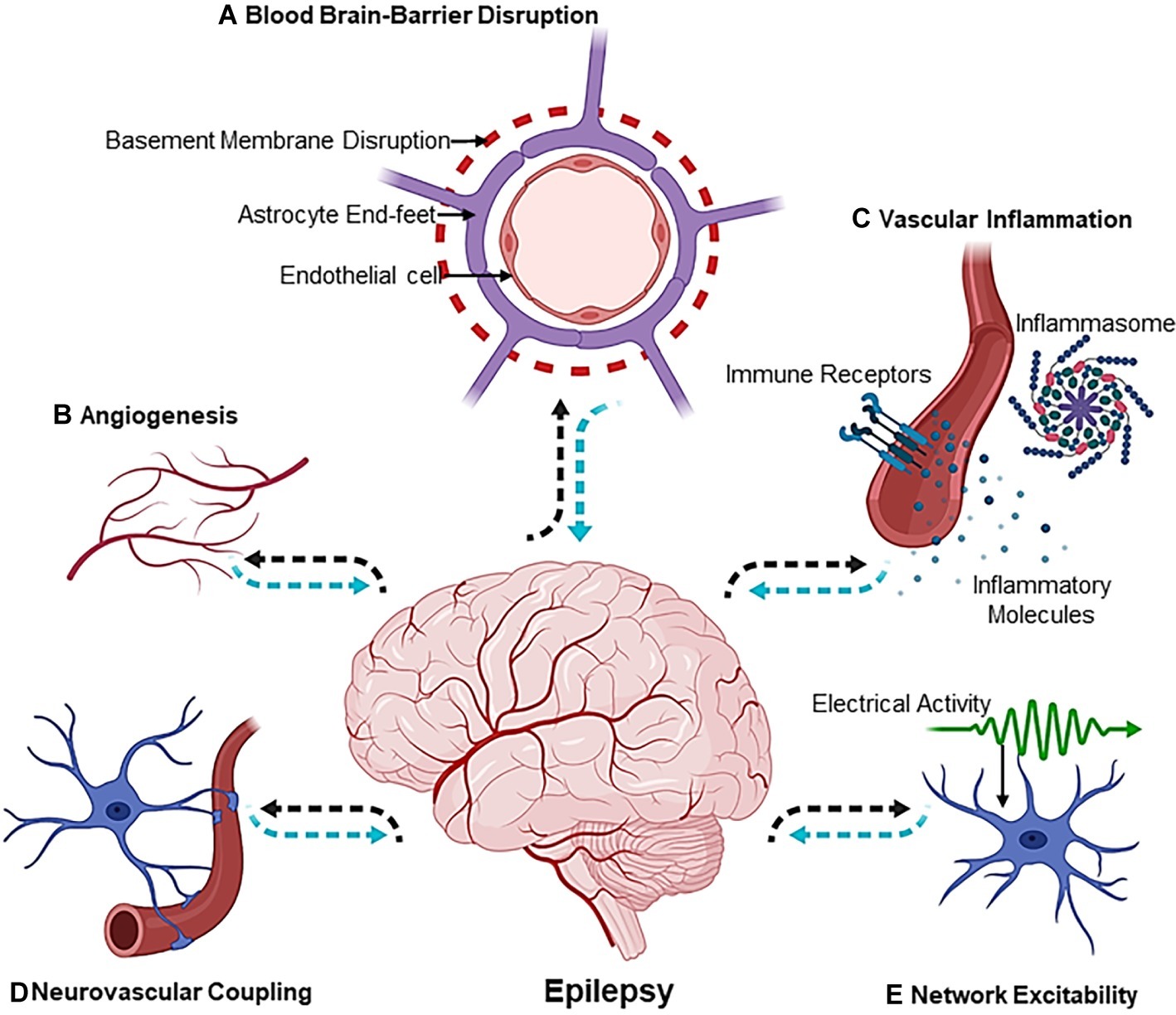
In addition, post-translational modifications further regulate gap junctional communication ( Goodenough and Paul, 2009 Axelsen et al., 2013 Aasen et al., 2018). The composition of gap junctions with different connexons and Cxs defines their properties, for example selectivity and permeability ( Bukauskas and Verselis, 2004 Harris, 2007 Abbaci et al., 2008). There are 21 Cxs identified so far of which 11 are expressed by neurons and glial cells in the CNS that differ in their mass ( Bedner et al., 2012) and expression profile (including developmental and cell type specificity) ( Dahl et al., 1996 Kunzelmann et al., 1999 Nagy et al., 1999 Nagy and Rash, 2000 Augustin et al., 2016 Wadle et al., 2018). Connexons in turn are hexamers that are formed by connexins (Cx Figure 1A). Gap junctions form, when two connexons in the membrane of neighboring cells align. Gap junction channels connect the cytosol of neighboring cells and allow the exchange of ions and small molecules, such as metabolites ( Giaume et al., 2010, 2020). With a selective or combinatory use of these methods, the results will shed light on cellular properties of glial cells and their contribution to neuronal function.

These approaches are capable to reveal cellular heterogeneity causing electrical isolation of functional circuits, reduced ion-transfer between different cell types, and anisotropy of tracer coupling. These approaches include paired recordings, determination of syncytial isopotentiality, tracer coupling followed by analysis of network topography, and wide field imaging of ion sensitive dyes. Here, we describe different approaches to analyze gap junctional communication in acute tissue slices that can be implemented easily in most electrophysiology and imaging laboratories. However, these networks are not uniform but exhibit a brain region-dependent heterogeneous connectivity influencing electrical communication and intercellular ion spread. Panglial networks constitute on connexin-based gap junctions in the membranes of neighboring cells that allow the passage of ions, metabolites, and currents.
These functions are fostered by the formation of large syncytia in which mainly astrocytes and oligodendrocytes are directly coupled. 2Department of Neuroscience, Wexner Medical Center, Ohio State University, Columbus, OH, United StatesĪstrocytes and oligodendrocytes are main players in the brain to ensure ion and neurotransmitter homeostasis, metabolic supply, and fast action potential propagation in axons.1Institute of Neurobiology, Heinrich Heine University Düsseldorf, Düsseldorf, Germany.Jonathan Stephan 1*, Sara Eitelmann 1 and Min Zhou 2*


 0 kommentar(er)
0 kommentar(er)
